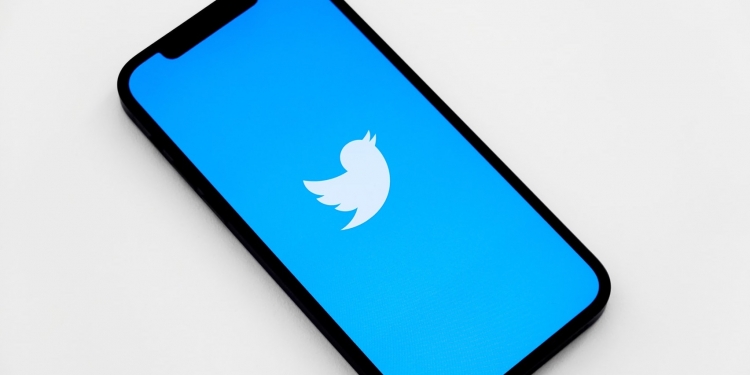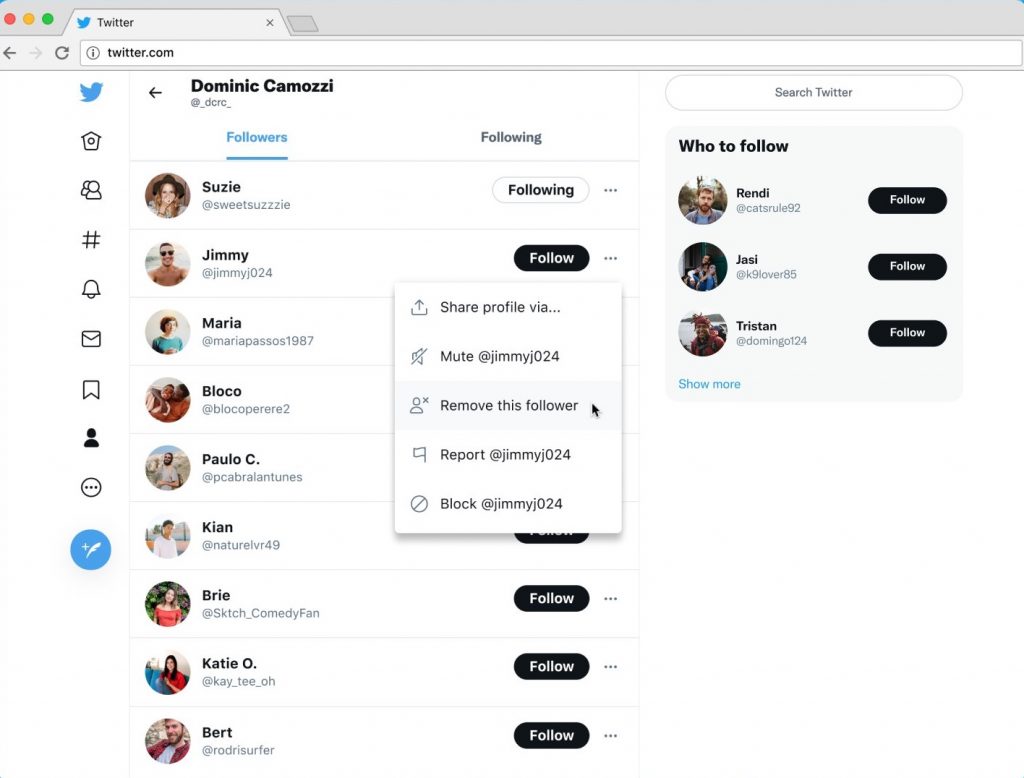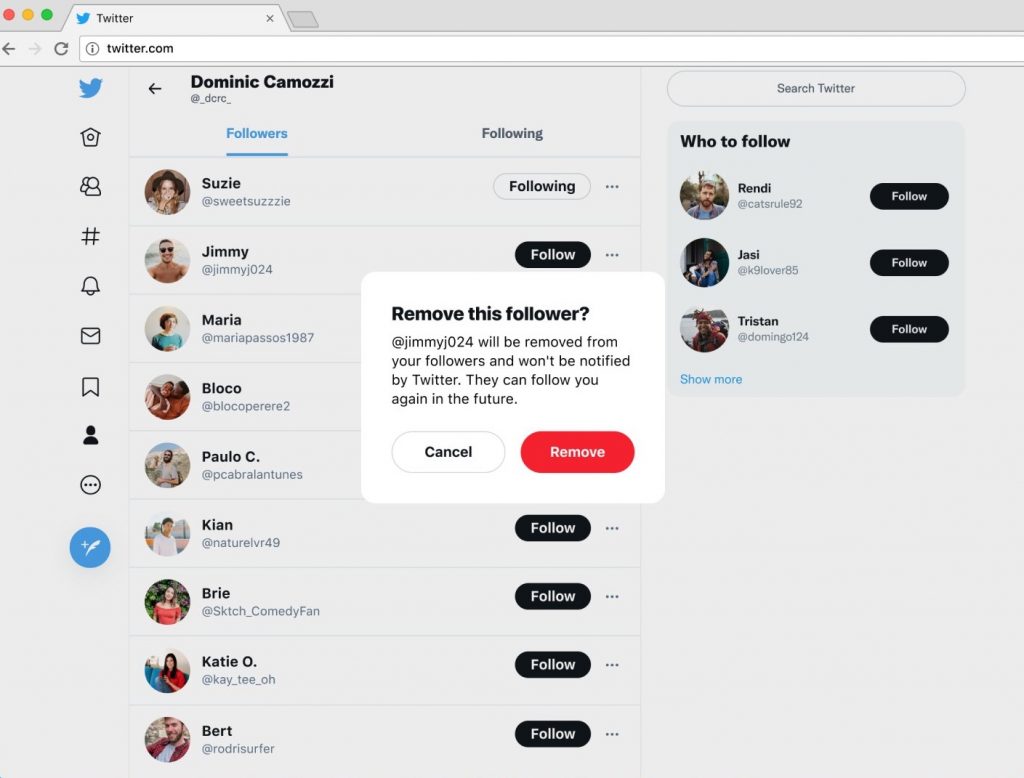You might not be able to get someone to leave you alone, but you can at least try to do it on Twitter. The platform now lets you remove a follower without needing to block them. However, this feature is currently only available on web.
We're making it easier to be the curator of your own followers list. Now testing on web: remove a follower without blocking them.
— Support (@Support) September 7, 2021
To remove a follower, go to your profile and click “Followers”, then click the three dot icon and select “Remove this follower”. pic.twitter.com/2Ig7Mp8Tnx
“We’re making it easier to be the curator of your own followers list. Now testing on web: remove a follower without blocking them,” wrote Twitter.
To remove a follower, go to your Followers list in your Profile. Find the follower you want removed, and click on the three dot icon next to their names. You’d be able to find the “Remove This Follower” option.
The feature, I found, is great for removing spam accounts. But I guess if you want to nudge other accounts to unfollow you without blocking them, you can do that as well—as it seems like a less severe way of removing people from your list.
Blocking accounts would restrict them from contacting you, seeing your Tweets, and following you. This would mean that these blocked accounts would probably know you’ve blocked them if they visit your profile and see nothing in your profile. They are also not able to follow you, send direct messages to you, and many other things.
The new feature that lets you remove a follower is a much less… hurtful way of making them leave you alone. You can also potentially say something along the lines of—“Oh? You accidentally unfollowed me but you don’t know what happened? That’s weird”—and they wouldn’t even suspect that you intentionally wanted to remove them as a follower.
However, you could have done the same deed even before this feature is introduced with a simple “hack”. You can select “Block” and then “Unblock” at an account, and that would help remove that follower from following you. That trick requires one more extra click than what the new feature is offering, but if you would rather use Twitter on your mobile device you could probably try it out.
Twitter has also been testing out prompts on their mobile app that gives you a heads up if the thread you’re about to enter is ‘heated or intense’. This may be in the form of a message saying “Heads up. Conversations like this can be intense” or “Let’s look out for each other”.
[ SOURCE, IMAGE SOURCE ]










